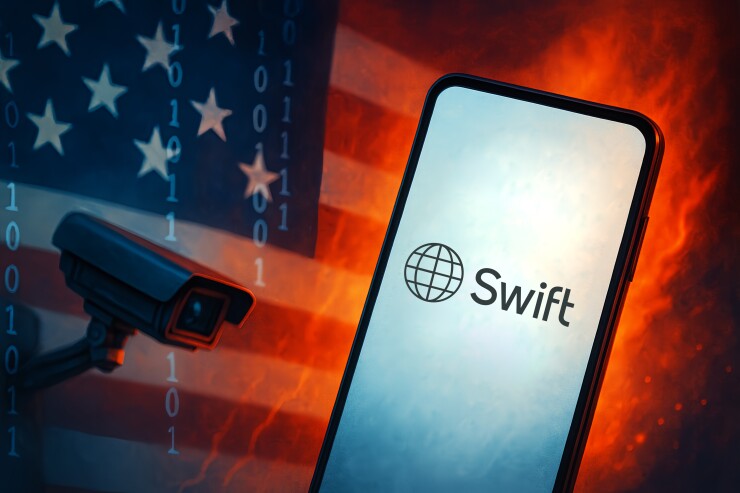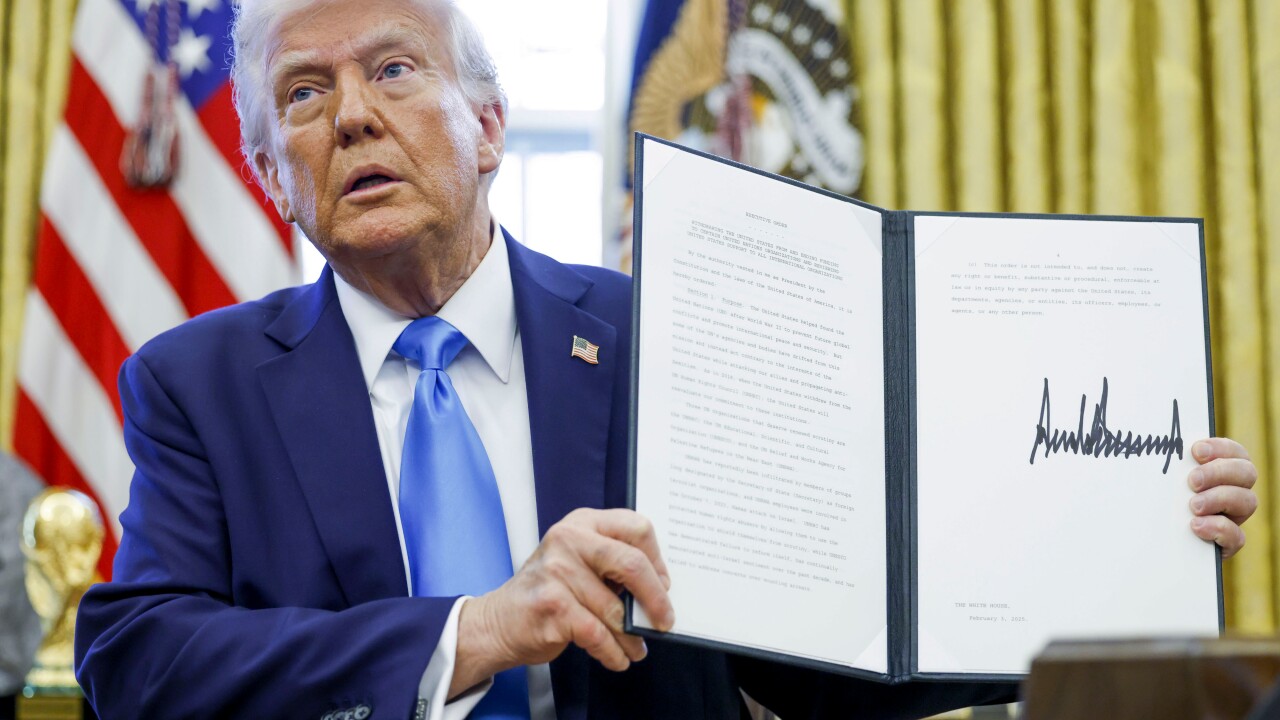
In 1973, computers were the size of a refrigerator. Today you can fit one in your pocket. SWIFT —
Correspondent banking enabled by SWIFT often takes days for funds to settle due to bank delays in processing messages, is expensive to use, and remains prone to manual errors. And that's not even taking into account the fact that some businesses in emerging markets might not be able to access it at all. SWIFT's continued reliance on rigid, legacy messaging formats, lack of easily available real time payment tracking for end users, and a complex web of correspondent banks to relay instructions, is a glaring gap, considering fintech has been able to radically improve every other aspect of operating a business. It has had particularly negative impacts in parts of the world like Latin America and Africa.
Building
For a start, with a network of more than 10,000 banks, SWIFT benefits from a large network effect. And network effects are extremely, extremely hard to dislodge. SWIFT is going to keep existing and doing the same old thing. Strong network effects have helped once-incumbent companies limp on, long after they've been displaced by a better alternative. Western Union and Barnes & Noble are still in business, despite losing footing to digital alternatives.
For
The Financial Technology Protection Act would create a task force to stop terrorists and criminals from using digital assets, as lawmakers push for stronger oversight for emerging technologies.
The next step is going to be bringing foreign exchange, or FX, and transaction settlement into a single transaction layer. SWIFT has only ever been a messaging layer, relaying to banks what they're expected to do and what debits to make between currencies. SWIFT isn't an FX solution or a settlement one. On-chain FX allows stablecoins to be swapped in real time, using blockchain as a single settlement layer that exchanges stablecoins denominated in native currencies, all done programmatically and without the help of humans looking at Bloomberg terminals and calling each other to negotiate pricing. This is also possible today; we're seeing banks like Braza, Brazil's largest foreign exchange bank, execute this at scale. When you combine this with seamless on- and off-ramps into local banks and fiat currencies, this is faster and cheaper than any combination of traditional FX and SWIFT transactions.
The final piece to put these ideas to work is going to be a massive, open and interoperable network of banks, using a common set of standards to connect on their own to blockchains with minimal need for technical integration.
Blockchains do not exist within local geographies, so standards that provide guidelines for how blockchain, stablecoins and local banks can communicate with each other are crucial. Fiserv launched its FIUSD stablecoin and JPMorgan launched its JPMD deposit token, and while these may get a lot of attention, these announcements are little more than noise if these coins cannot be seamlessly exchanged with other U.S. dollar and global stablecoins. This factionalizing of the stablecoin space will pull us further away from the endgame of displacing SWIFT, if there's no common language. For instance, we can have different email clients and internet browsers today because there's common protocols underneath.
The best way to break the power of SWIFT's web of correspondent banks is to have an open set of standards that allows any bank in the world to connect directly with any other, using blockchain as a single settlement layer, where any global stablecoin can be exchanged seamlessly and transactions can be settled near-instantly.
The tools are in place for us to do this and the model has been proven. But for it to displace SWIFT, it will take banks coming to the table alongside the growing decentralized finance industry. If banks don't, they risk losing control of the global payments infrastructure all together. The problem of SWIFT isn't going away. We need a system of global money movement that's finally as modern as the rest of the world.
Editor's note: This article has been edited to reflect that SWIFT relays instructions from one bank to the other, and that settlement delays are typically due to slow processing time at banks. It also clarifies that banks control end users' access to real-time payment tracking.






